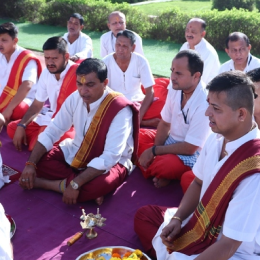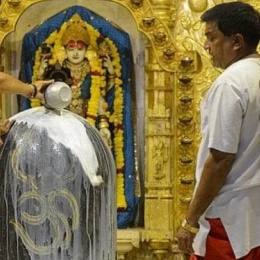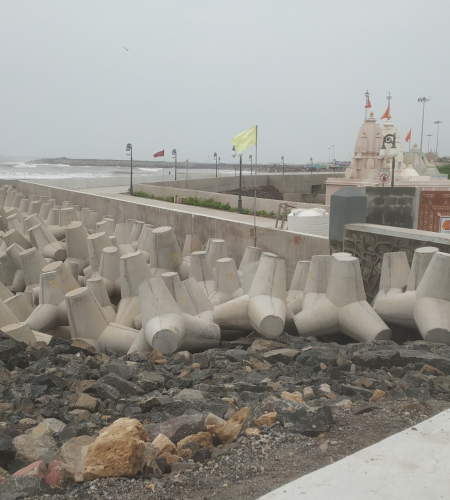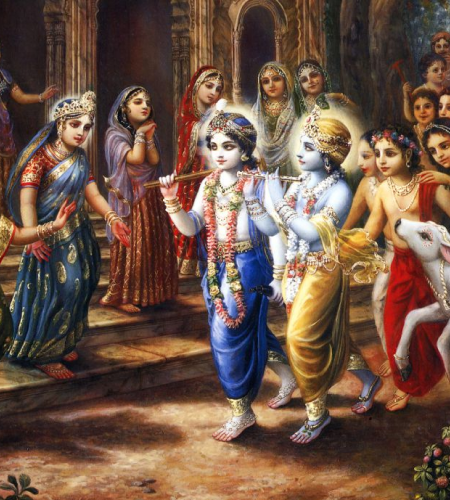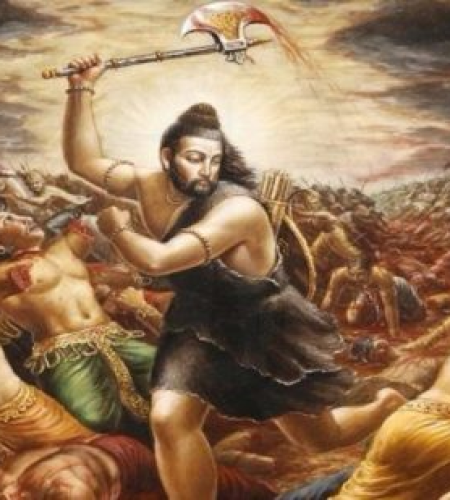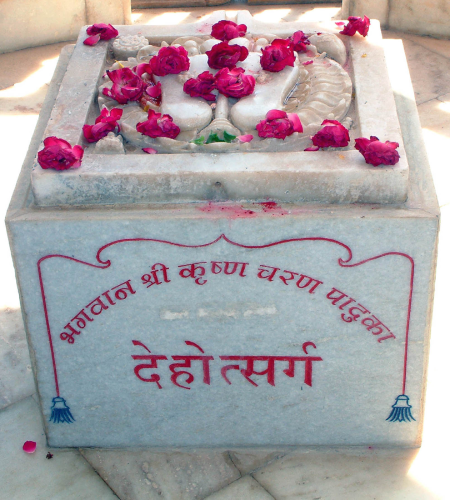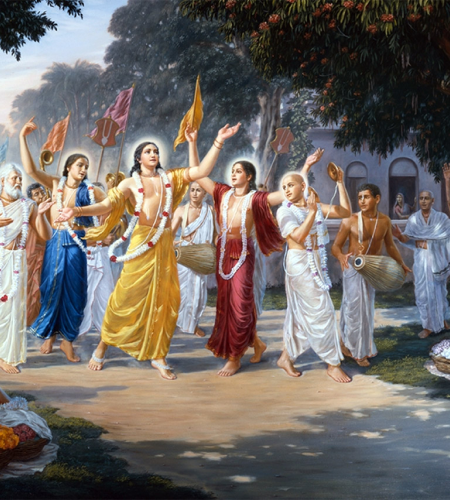Social economical value of Prabhas
Prabhas thrived as a prosperous city due to its extensive trade connections with the Middle East and Far East. The city's richness stemmed from various factors, including its significance as a pilgrimage site that attracted kings from all over India. As the practice of idol worship gained prominence, temples were constructed, marking Prabhas as a prominent hub for cultural and religious activities.
Over the years, Prabhas garnered fame for its prosperity, with its involvement in the Silk Route and its association with the Vedic Saraswati civilization. Its rich cultural and religious heritage made it an attractive target for non-believers of idol worship, leading to several brutal invasions, particularly in the 15th century. In the 10th century, Prabhas experienced a devastating episode of looting and mass killings.
Historians such as Al Biruni and others witnessed the harrowing massacres and chronicled them in their history books. These accounts serve as a painful reminder of the destructive forces that ravaged Prabhas, tarnishing its once-flourishing prosperity.
Prabhas is classified into five main categories, namely मुल प्रभास - आदित्य प्रभास - जल प्रभास - व्रृद्ध प्रभास - महा प्रभास or क्रृतोस्मर प्रभास (also known as Kritosmar Prabhas). Additionally, two other Prabhas locations are mentioned: आदि प्रभास - स्थल प्रभास and स्थल प्रभास These various Prabhas sites can be likened to the concept of Panch Kedar or Panch Prayag, signifying their significance in Hindu mythology.
However, it is important to note that these five or seven Prabhas sites are not separate entities but rather part of a larger circular region known as the Rudra Mandala. The Rudra Mandala encompasses an area of approximately six yojanas, with each yojana measuring around 8 kilometers in the Vedic distance system. Prabhas itself spans across 12 yojanas in each cardinal direction (east, west, north, and south) resulting in a total radius of 12 square yojanas.
This description highlights the interconnectedness of the various Prabhas locations within the Rudra Mandala, emphasizing their collective importance as sacred pilgrimage sites within a defined geographical area.
